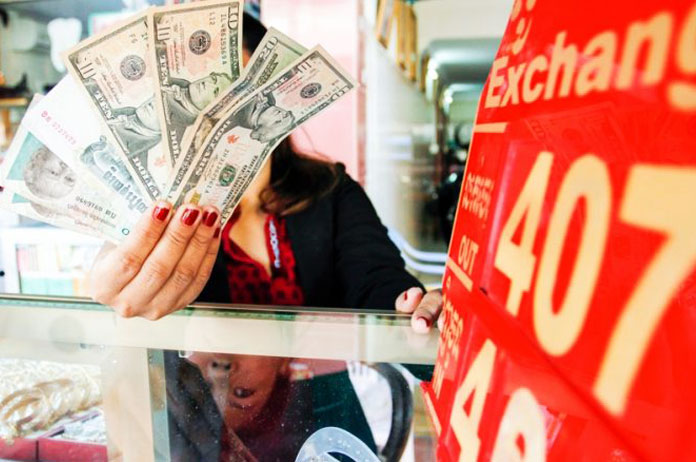Cambodian Riel Strategy Takes Shape

Cambodia’s first draft national strategy on promoting the riel is to be finalised next month and has been sent to the economic and financial policy committee of the Ministry of Economy and Finance for review and endorsement by end of the year.
National Bank of Cambodia director-general Chea Serey said that certain financial institutions and some key ministries had introduced measures to promote the use of the riel. Moreover, promotion of the riel was laid out in strategies and plans of the government.
Serey said the draft strategy is designed to fit in gradually with Cambodia’s economic and financial development, based on market mechanisms. She noted the national strategy also takes into account the experiences of other countries which weaned themselves away from the dollar.
The NBC has conducted joint research with the Japan International Cooperation Agency’s Research Institute on the promotion of Cambodia’s domestic currency. The bank also worked with AMRO (ASEAN+3 Macroeconomics Research Office) and the International Monetary Fund to design an implementation policy for the use of the riel nationwide.
Serey said policies and the detailed action plan focused on main areas of the economy such as monetary and exchange rate policies, trade and foreign exchange market development, and fiscal policy, among others.
“The National Bank of Cambodia is working closely with the Ministry of Economy and Finance to improve the strategy,” she said. “We hope to finalise the draft next month and submit it to the economic and financial policy committee for review and endorsement by the end of 2017.”
Last Wednesday the Commerce Ministry issued an order that all traders, business and service providers must display price tags in riel on all products. The directive aims to ensure the development of a free market and to boost the use of the local currency. “Businesses and service providers classified as duty-free shops and outlets could keep price tags on products in foreign currency for a year,” stated the ministry’s order.
Serey said that the proposed policy areas needed the involvement of leading institutions in cooperation with relevant agencies. “Promotion of the riel in the banking sector has been implemented, including the directive for banks and microfinance institutes to have at least 10 percent of their loan portfolio in riel,” she said.
So Phonnary, executive vice-president of ACLEDA Bank, welcomed the government’s move. She said it would push more local currency circulation in the Cambodian market. She said that the government also has some measures for accepting riel, for example in tax collection and the payment of utility bills.
Serey said that the promotion of the riel in banking has to be done cautiously and gradually “to avoid counterproductive effects”. “Countries affected need some time to de-dollarise without side effects,” she added.
Seventeen percent of trading in the market was in riel, as was 26 percent of currency in the banking system while the US dollar’s share of market trading had been stable at 83 percent since 2012.